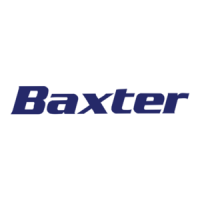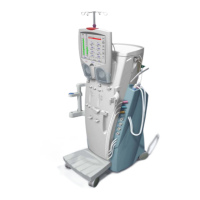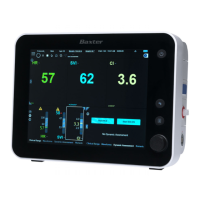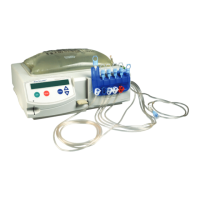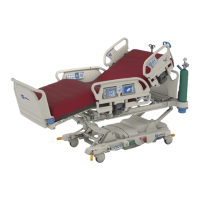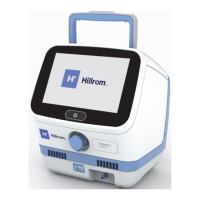Technical data
92
7990044_030_10 – 2078511 – 2023-01-19
Controlled HF disturbance variables
EMC-relevant wireless properties of the operating table
Notice: Interference caused by other devices
The TruSystem 7000 operating table may be subject to interference from other devices, even if these
devices comply with the applicable CISPR-defined emission requirements.
2450 2400-2570 Bluetooth
WLAN
802.11 b/g/n
RFID 2450
LTE band 7
Pulse modulation
217 Hz
20.328
5240 5100-5800 WLAN 802.11 a/n Pulse modulation
217 Hz
0.2 0.3 9
5500
5785
Test
frequency
(MHz)
Band (MHz) Service Modulation Max.
power
(W)
Distance
(m)
Immunity
level (V/m)
Recommended separation distances between portable and mobile HF communication devices and the
TruSystem 7000 operating table
The TruSystem 7000 operating table is intended for use in an electromagnetic environment where HF
disturbance variables are controlled. The customer or user of the TruSystem 7000 operating table can
help to prevent electromagnetic interference by complying with the minimum distances between
portable and mobile HF telecommunications equipment (transmitters) and the TruSystem 7000
operating table, as recommended below in accordance with the communications equipment’s
maximum output.
Nominal
transmitter
power
W
Separation distance according to transmission frequency
m
150 kHz to 80 MHz
D=1.2√P
80 MHz to 800 MHz
D=1.2√P
800 MHz to 2.5 GHz
D=2.3√P
0.01 0.12 0.12 0.23
0.1 0.38 0.38 0.73
1 1.2 1.2 2.3
10 3.8 3.8 7.3
100 12 12 23
For transmitters with a nominal power not found in the table above, the distance can be calculated
using the equation for the respective column, where P is the nominal power of the transmitter in watts
(W) according to the transmitter manufacturer's data.
Note 1 To calculate the recommended separation distance of transmitters in the frequency
range from 80 MHz to 2.5 GHz, an additional factor of 10/3 is used in order to reduce
the likelihood that a mobile / portable communications device unintentionally
brought into the PATIENT area will cause any interference.
Note 2 These guidelines might not be applicable in all situations. The propagation of
electric waves is influenced by the absorptions and reflections of buildings, objects
and human beings.
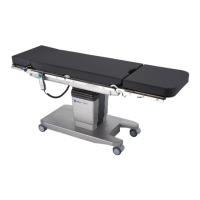
